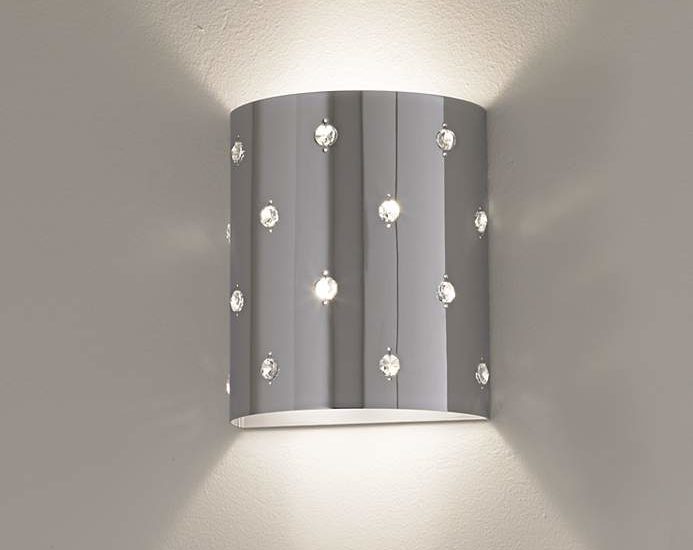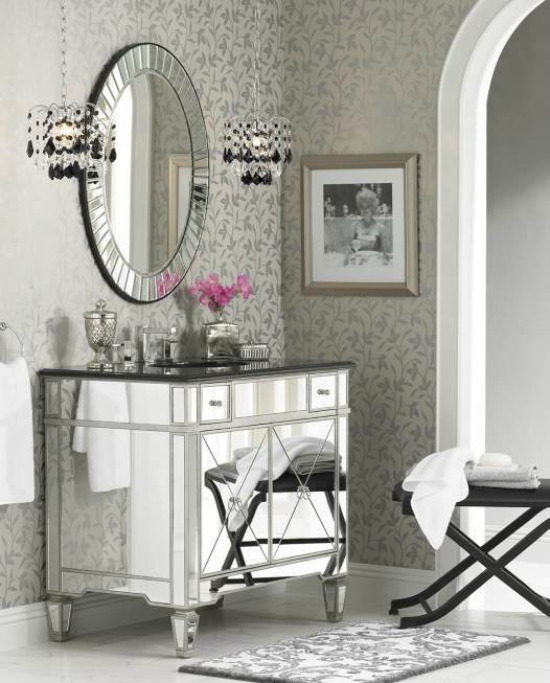Universal Design and Lighting

Universal Design is a usability philosophy which holds that products and architectural spaces should be made accessible and usable by as many people as possible regardless of their age, abilities or experience. It is accessible design for everyone. ADA compliant lighting fixtures are an example of universal design.

Ron Mace and the Center for Universal Design
The movement began in the late 1970s with the teachings of designer and architect Ron Mace.
Mace founded the Center for Universal Design at North Carolina State University and set forth some basic ideas of what makes a product or design “universal”.
These include making sure the design is useful and marketable to people with diverse abilities, making sure the use of the design is easy to understand, and creating products that can be used comfortably and efficiently.
Universal Design in the World and Home
The impact of Universal Design is all around us, from wheelchair accessible ramps, to automatic doors, to signs that can be understood by those who speak a foreign language.
It’s a particularly important idea when designing products and room environments for the very young or for the aging population.
In the home, examples of Universal Design include cabinets with pull-out shelves, kitchen counters set at several heights to accommodate different tasks and user heights, and push-pull levers on faucets and door handles.
Lighting with the Ideas of Universal Design
Lighting, of course, plays an important role in a Universal Design home.
Light switches with large flat panels rather than small toggle switches are preferred for their ease of use.
Lamps and fixtures come with controls that can be recognized in the dark by touch alone, such as pull chains.
Bright lighting installed in kitchens and bathrooms makes it easier to accomplish tasks and provide illumination for older eyes.
Recessed lighting or fixtures can be added to increase safety in areas such as stairs and entry halls.
Universal Design and Dimming Controls
Flexibility is another Universal Design notion to keep in mind when choosing lighting for the home.
Lighting that can be adjusted, aimed, or made brighter and dimmer as needed is a great plus.
Dimmers, whether from a wall dimmer unit or from a line dimmer, are a wonderful way to accomplish this, and are a great Universal Design element to add to any fixture or lamp.
Rocker, toggle or touch switches on wall dimmers are easily controlled by those who may have limited hand strength or dexterity. Install switches 36-48 inches from the floor for easy reach.
Other types of lighting can also be used in a Universal Design home. Under-cabinet lights give bright light in kitchen or hobby areas for tabletop tasks. Wall fixtures, such as sconces, should be used to add safety and security to stairways and hallways.
ADA wall lights that comply with the Americans with Disabilities Act offer a standard level of illumination with unobtrusive, slim-line profiles that allow for ease of movement in bathrooms and other spaces.
Need Help with Universal Design?
It’s wise to consider Universal Design ideas when creating a lighting plan or when remodeling an existing space.
To learn more about ADA lighting and design, you can get more information in our Guide to ADA Compliant Lighting article.
If you need product suggestions or want help designing a Universal Design lighting plan, please contact us or visit a Lamps Plus store location near you. One of our American Lighting Association trained consultants will be happy to help!
Related Lighting Ideas and Advice
A Guide to ADA Compliant Lighting
Designing with Light – The Bathroom
